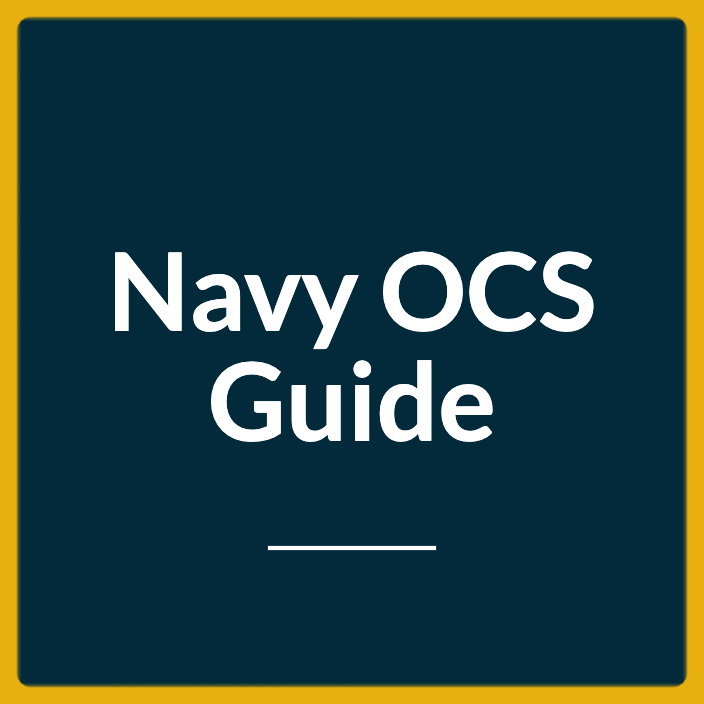Last Updated on March 4, 2024
If you’re eyeing a position as a Navy officer or even if you’re just fascinated by the hierarchical intricacies of military life, one question may hover in your mind: “Do Marines salute Navy Officers?”
Indeed, they do. But this salute is not just a robotic gesture; it’s a nuanced symbol loaded with history, protocol, and meaning.
Stick around, and you’ll walk away with a profound understanding of why and how Marines salute Navy Officers.
Why Do Salutes Matter?
At first glance, a salute might seem like a trivial formality, but in the military, it’s anything but. A salute is a significant part of military decorum and tradition, serving as both a mark of respect and an essential component in establishing the pecking order in any given military scenario.
For one thing, a salute serves as a visual way of showing respect for the rank and achievements of those higher in the chain of command.
By saluting an officer (Navy or otherwise) upon meeting them or when passing them in a military setting, you recognize their authority and authority-related accomplishments.
This is important in the armed forces, where an individual’s rank can have a direct bearing on success in the field, mission security, and even lives.
The History of the Military Salute
A quick trip down history lane takes us to the medieval era, where knights would lift the visors of their helmets to reveal their identity, signifying trust and respect.
Over centuries, this practice was distilled into the act of saluting, which became a cornerstone of military courtesy.
This tradition was further refined over time, crossing national boundaries and becoming a universal military gesture.
Yet, each branch of the service has unique variations, slight though they may be, in their saluting standards.
Rules for Saluting Among Marines and Navy Officers
Understanding the rules surrounding saluting is crucial, especially for those considering becoming Navy officers, as these gestures frequently come into play in joint operations involving both Marines and the Navy.
The Basics: When to Salute
Foremost, Marines salute all officers of higher rank, be it from their own Marine Corps or any other branch, Navy included.
The salute is started by the lower-ranking individual and returned by the higher-ranking one. It acts as a quick, non-verbal exchange, emphasizing both acknowledgment and mutual respect.
This is not an optional activity; it is a strict protocol that symbolizes the very discipline that military units are built upon.
Marines are expected to render a salute when they meet or pass an officer, indoors or outdoors. This includes when reporting for duty, reporting on guard or sentry duty, and when departing guard duty.
The salute is not only used to show respect, but also to greet one another.
Saluting is started once the two individuals come within six paces of each other and ends after the higher-ranking officer’s acknowledgement.
Saluting Indoors
Salutes are meant for outdoor activities. However, there are exceptions, like during formal ceremonies or when reporting to a higher-ranking officer in an indoor setting. In such cases, the same rule applies: Marines would salute Navy officers without hesitation.
When saluting indoors, Marines stand at attention with feet together and hands at the sides. When recognizing a Navy officer, they would raise their right arm with palm down at a 45-degree angle and hold it there until the officer returns the salute.
This action is done out of respect for the rank of the officer and to show that the Marine respects their authority.
It is important to note that while saluting is mandatory when indoors, the gesture should be brief and without fanfare.
Saluting in Public
In public settings, Marines are expected to render a salute when passing military personnel in uniform, foreign officers of superior ranks, and those in civilian clothing who have earned distinction through service or have been awarded medals.
It is also customary for Marines to render salutes when passing in front of the National Flag, military funerals, and when boarding or disembarking public conveyances in uniform.
Saluting in Civilian Attire
Even when out of uniform, the protocol for saluting somewhat persists. While not mandatory, it’s commonly considered courteous for a Marine to salute a Navy officer if they recognize them while in civilian clothes.
This serves as an excellent example of how deeply ingrained the practice is in the military ethos.
Real-world Examples
To better illustrate the point, consider joint operations like those conducted on Naval vessels. A Marine boarding a ship will salute the ship’s captain upon entry, irrespective of whether the captain belongs to the Navy or another branch.
This underlines the universal nature of the salute as an emblem of respect and recognition across branches.
When Marines and Navy personnel share the same spaces, a salute is often exchanged. This can happen in a variety of places, including lobbies, mess halls, and hallways on military installations.
A Marine will stand at attention and salute as they pass a Navy officer, regardless of rank.
In special circumstances, such as ceremonies or military parades, the protocol is even more rigid, with both Marines and Navy personnel required to salute each other.
How is the Salute Executed?
The execution of the salute may seem simple, but there are variations between the branches. Marines typically offer a more crisp and rigid salute with the forearm straight, the hand in line with the forearm, and the palm facing down.
In contrast, the Navy might have a slightly relaxed angle at the elbow, but the essence remains the same—respect.
Calculations and Exceptions
If you’re asking, “What’s the appropriate distance for a salute?” you’re not alone. Marine Corps guidelines don’t specify a distance but operate on an unwritten rule: “If you’re close enough to recognize the face, you’re close enough to salute.”
This brings an element of situational awareness into the practice, another quality highly valued in military life.
There are, of course, exceptions to the rule. For example, Marines need not salute in certain situations deemed potentially hazardous or when they are in civilian clothing or on public conveyances such as buses and trains.
Saluting is suspended when an individual is uncovered (i.e., hatless).
The Significance of the Salute: An Insider Look
Beyond the obvious demonstration of hierarchical order, each salute also carries a deeper, less visible weight.
It acknowledges the shared burdens and responsibilities that come with military service, linking back to the idea that these are not just individuals but part of a larger, unified force.
Statistics: Frequency of Salutes
According to data from the “Military Review,” an average Marine salutes an officer approximately 15-20 times per day. To an outsider, that might seem over the top.
But within the culture of the military, each salute acts as a reinforcing loop, building on traditions and norms that have stood the test of time.
Concluding Thoughts: Do Marines Salute Navy Officers?
Returning to the question that sparked this discussion: Yes, Marines salute Navy Officers, and they do so following a rich set of protocols and guidelines.
It’s more than mere tradition; it’s a ritual deeply embedded in the fabric of military life, a token of mutual respect, acknowledgment, and shared sacrifice.
As you navigate the possibilities of life as a Navy officer, an understanding of this practice gives you an insider’s view of the ethos that shapes military interactions.
What may appear as a simple gesture is, in reality, a complex blend of history, duty, and mutual respect.
Understanding these nuances gives you a valuable lens through which to view—and value—the time-honored traditions that underpin military service.
So, the next time you witness a Marine salute a Navy officer, remember: you’re not just watching a protocol; you’re witnessing a rich tradition that binds our armed forces together.


